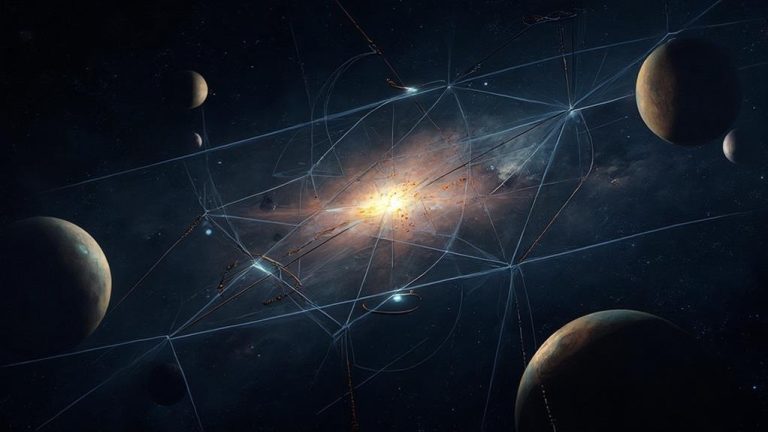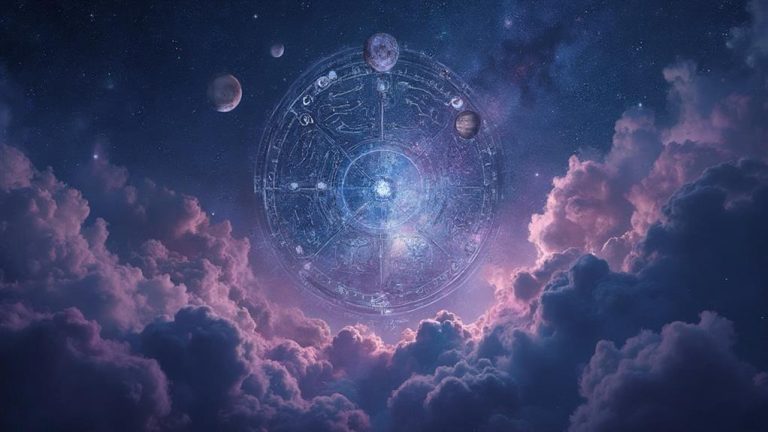Astrology and the Significance of Celestial Degrees
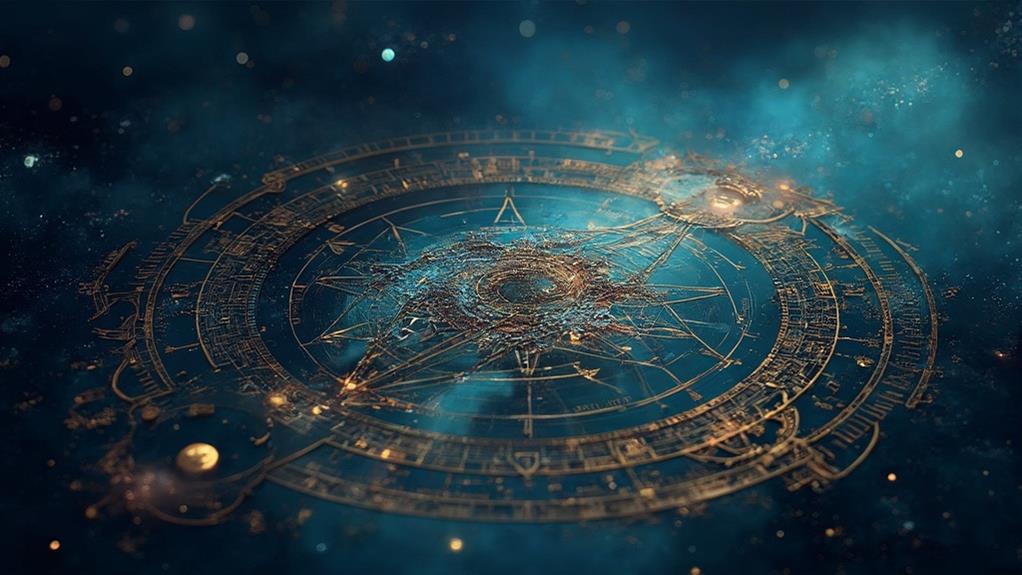
Celestial degrees are key points in astrology where planetary energy intensifies, heavily influencing various life aspects. As planets transit through these energetic hotspots in the zodiac, they trigger energies that impact personal growth, decisions, and awareness.
Having a deeper understanding of celestial degrees can help reveal how cosmic forces influence your life path and choices.
You may notice that some moments in life feel more intense or significant than others. Celestial degrees provide an astrological explanation for these notable life events. They are not just random numbers; they are energetically potent positions in the zodiac chart, seen by ancient astrologers as opportunities for deeper self-awareness.
When planets pass through specific degrees, their energy is amplified, which can strongly affect your decision-making and life direction. Recognizing and working with these energies can bring clarity and profound insights.
Understanding Astrological Degrees
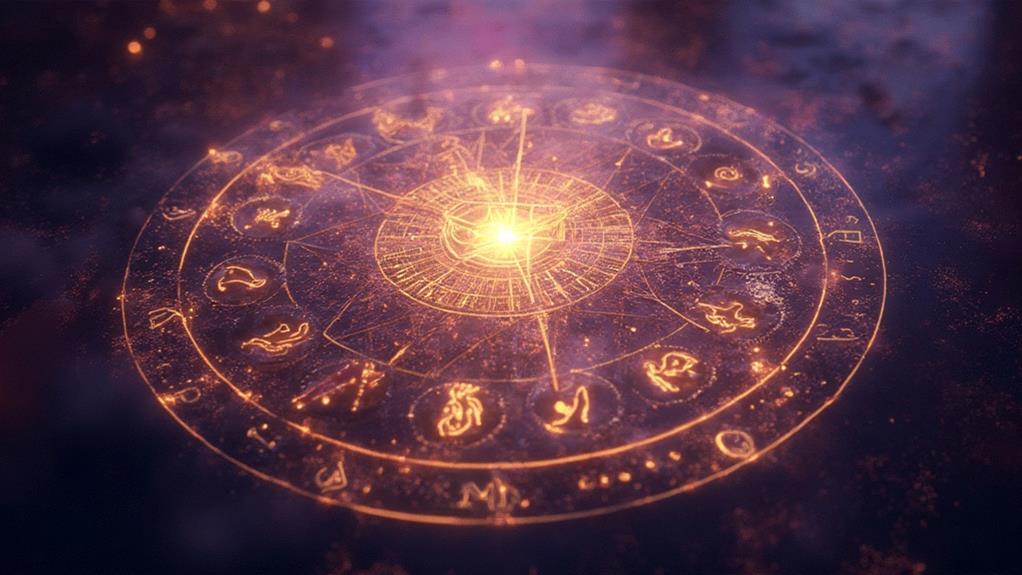
Astrological degrees represent specific points on the 360° zodiac wheel, with each zodiac sign covering 30°. These degrees flow counterclockwise from 0° Aries to 29° Pisces. Each degree carries unique meaning and can trigger different planetary effects depending on its location in the sign.
Critical degrees, such as 29°, known as the Anaretic degree, indicate heightened significance. Interpreting planetary positions based on their degrees and corresponding zodiac signs allows for more precise astrological readings.
Critical Degrees in the Zodiac
Critical degrees hold concentrated energy at specific points like 0°, 13°, and 26° of any zodiac sign. These degrees align with pivotal life events and are especially impactful when found in cardinal signs (Aries, Cancer, Libra, Capricorn) during key transits.
Fixed Degrees and Fate
Fixed degrees, such as 0°, 8-9°, 15°, 22°, and 29°, are astrologically significant and often linked with karmic moments or destiny shifts. When planets are positioned at these degrees, they tend to trigger major decisions, life transformations, and deep soul work.
For instance, the 0° degree represents fresh starts, while 15° helps balance past experiences with future possibilities. The Anaretic 29° degree demands critical decisions, and 8-9° degrees align with deep personal transformations, often associated with Pluto energies.
Planetary Power at Degrees
Certain degrees—0°, 13°, and 26°—amplify planetary power, signaling moments of intense energy. For instance, 0° expresses pure energy at the start of the sign, while 26° often marks a transformative event. These degrees serve as cosmic checkpoints, where the energy of the planets is at its most potent.
Fire signs peak at 9°, earth at 15°, air at 21°, and water at 27°. Keeping an eye on the degrees in your natal chart reveals transformative areas and growth opportunities.
Cardinal Points in Signs
Cardinal points occur at 0°, 13°, and 26° of each zodiac sign, creating heightened influence when planets transit these points. The 0° degree signals the beginning of something new; 13° presents a karmic test, and 26° often signifies a culmination or resolution of an ongoing matter.
Additionally, secondary points like 8-9° or 21-22° further enhance the energies, especially when tied to house cusps and angular degrees of the birth chart. These points coordinate significant life changes linked to planetary movements.
Degrees and Planetary Power
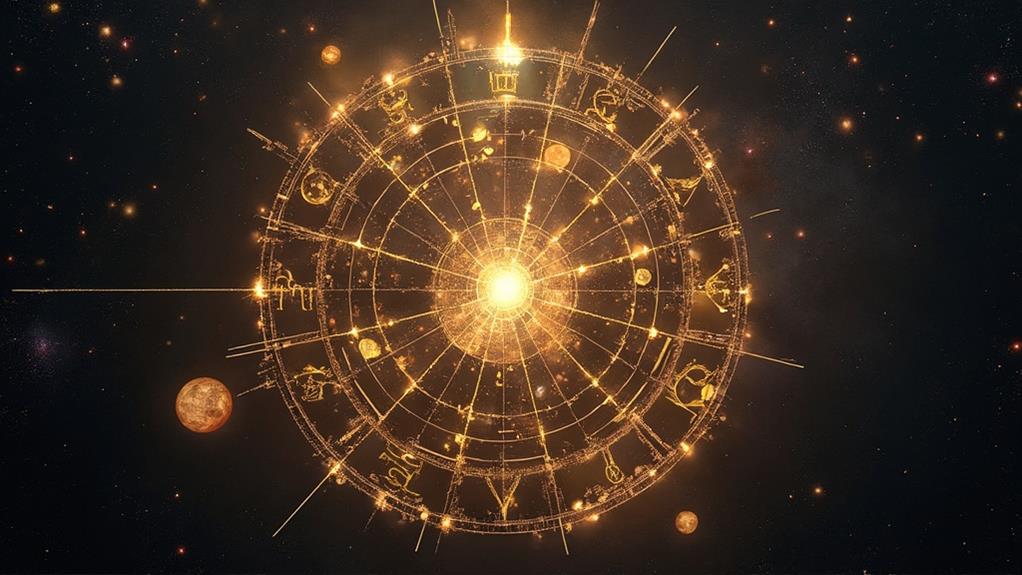
Planetary influence peaks at key degree points, especially at 0°, 15°, and 29° in any sign. These points construct strong geometric patterns within the natal chart, magnifying the influence of the planets found in those positions.
When planets align at these “power zones,” expect their energies to intensify. These degrees help interpret significant growth phases and life changes.
Critical Celestial Power Points
Critical celestial power points like 0°, 13°, 26° in cardinal and fixed signs gain importance as paths to transformation. For instance, 0° represents new beginnings, 26° aligns with transformation, and 29° (the Anaretic degree) often signals crucial, life-changing moments related to completion.
Angular Aspects and Energy
Strong energetic connections occur based on angular relationships between planets. Aspects such as conjunctions (0°), oppositions (180°), and trines (120°) link celestial elements, creating amplified energies. Squares (90°) and sextiles (60°) also form important energy exchanges for shaping individual experiences.
These geometric configurations, known as T-squares, grand trines, and yods, amplify the energy, marking periods of significant shifts in personal or professional life.
Planetary Strength by Degree
Each zodiac degree exerts different potentials on planetary energies. Degrees like 0°, 15°, and 29° amplify a planet’s influence, while the Anaretic degree (29°) often indicates unfulfilled karmic potential or a point of tension.
Understanding these concentrations helps to navigate astrological strengths and weaknesses, and also helps in more refined chart interpretations and future predictions.
Fixed Stars and Degree Associations
Fixed stars influence specific zodiac degrees, impacting planetary energies depending on their position in the chart. Notable stars like Regulus at 29° Leo and Antares at 9° Sagittarius imbue planets with added significance, often correlating with destiny markers or life-turning points.
Stars like Algol at 26° Taurus can greatly modify planetary characteristics, while Spica at 23° Libra is often associated with luck. These cosmic alignments are vital for deeper understanding of natal chart dynamics.
The Mathematics Behind Celestial Degrees
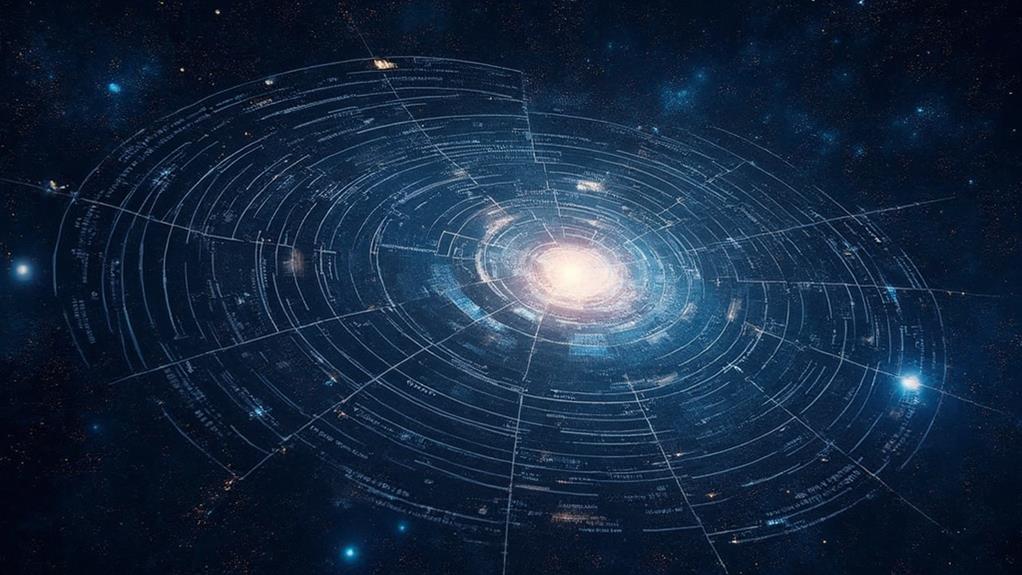
The zodiac is composed of a 360-degree system, with each sign occupying 30 degrees. Degrees split into more precise arc minutes (each degree = 60 arc minutes), allowing for detailed interpretations of planetary positions.
These numbers help astrologers calculate significant aspects, midpoints, and precise degrees using ephemeris tables to guide astrological predictions.
Ancient Interpretations of Degree Points
Ancient societies like Babylon, Egypt, and Greece saw specific degrees as holding spiritual or divine significance. Babylonian astrologers documented detailed meanings of degree points on cuneiform tablets, and Egyptian astrologers worked with critical degrees as gateways between earthly and divine realms.
Greek astrology introduced concepts like “terms” or “bounds,” where specific degree ranges governed by planets impacted astrological interpretations. These historical insights form the backbone of contemporary degree interpretations in astrology.
Working with Individual Degree Meanings
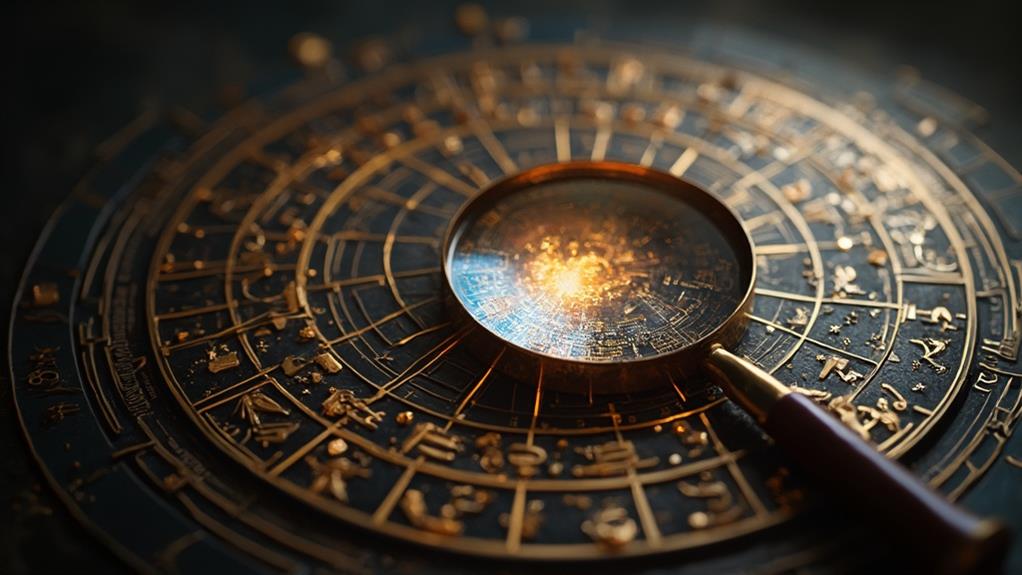
To harness the power of individual degrees, combine ancient and modern astrological practices. Explore ideas like Sabian symbols, decans, and fixed stars for a deeper understanding of how specific degrees influence personality, timing, and transformation.
Document patterns recurring in personal charts, especially when emphasized by significant transits, to see how degrees manifest in real-life scenarios.
Frequently Asked Questions
Can Two People Born Under the Same Degree Have Different Life Paths?
Yes, even if two individuals share the same degree in their chart, their full birth charts differ. Variations in house placements, aspects, and other planetary dynamics shape each person’s unique life journey.
How Do Eclipses Affect Specific Degree Points in a Birth Chart?
Eclipses are powerful activators when they align with specific degree points in a chart. They often prompt transformation, revealing hidden energy that results in life shifts, particularly in the area governed by that house.
Do Degree Meanings Change When Planets Are in Retrograde Motion?
Retrograde motion doesn’t alter a degree’s inherent symbolism but shifts the energy inward. It becomes more reflective and introspective, guiding you towards re-evaluating that point’s influence in your life.
What Role Do Degree Points Play in Determining Career Compatibility?
Career compatibility can be traced through the degree points of the Midheaven (10th House), in relation to planetary positions. These degrees highlight vocational strengths and help determine professional opportunities by aligning with favorable aspect patterns.
How Do Parallel Degrees Between Charts Influence Synastry Readings?
Parallel degrees enhance synastry by creating strong resonance points, leading to powerful connections reinforced by shared energies. Such connections suggest deep karmic ties and intensify interactions when within a tight 1° orb.
Conclusion
Mastering the significance of celestial degrees allows a deeper understanding of how key zodiac points interact with planetary placements. These degrees unveil karmic patterns and life lessons, enriching standard astrology readings with transformative insights that guide your soul’s evolution. By analyzing celestial degrees in astrology, one can uncover hidden dynamics within a birth chart that may otherwise go unnoticed. These subtle yet powerful markers reveal harmonies and tensions that shape your spiritual growth and interpersonal connections. Understanding celestial degrees in astrology empowers you to align with your higher purpose and navigate life’s challenges with clarity and intention.




